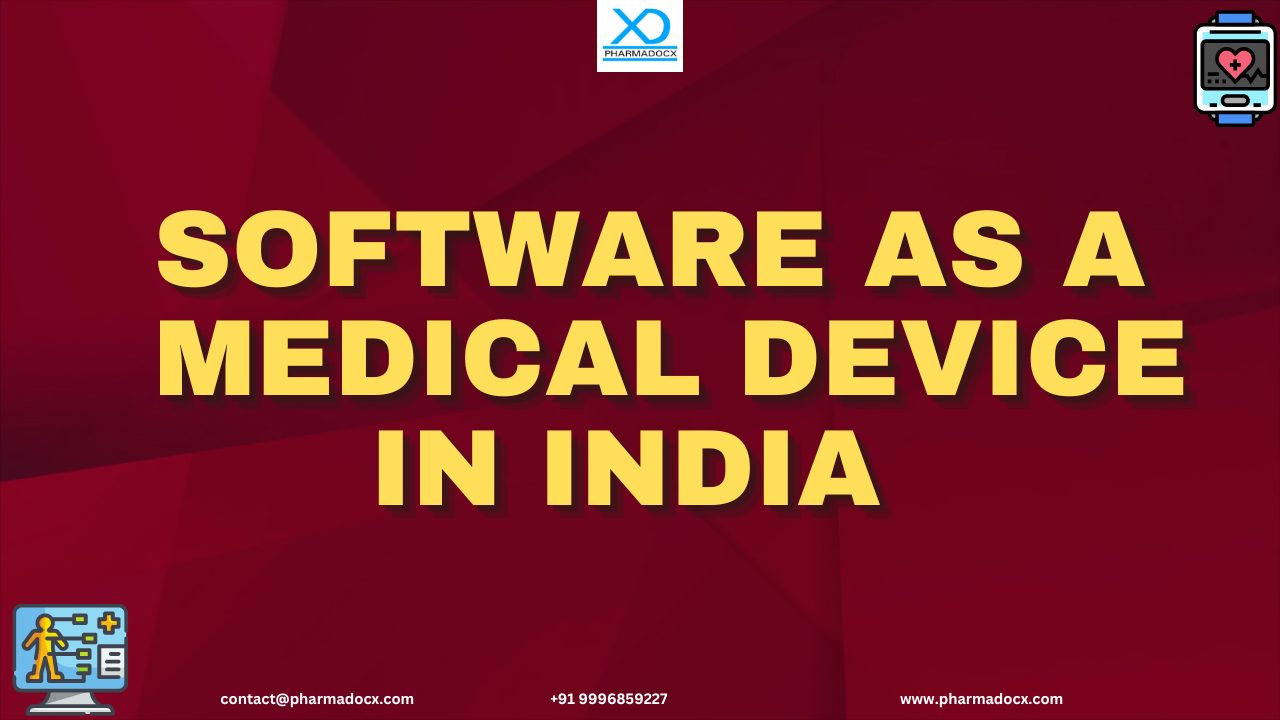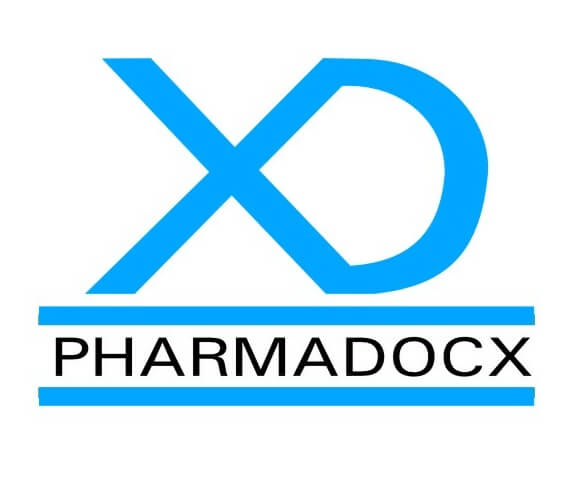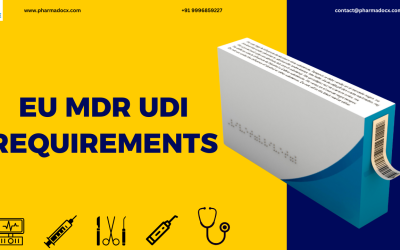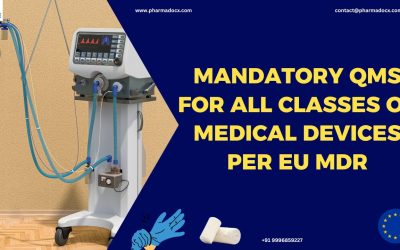Medical devices are pivotal for diagnosis, treatment, and patient care. Recently, software is being used to monitor, diagnose, prevent, and even treat diseases. New-age technologies, namely wearables and clinical decision-making tools based on artificial intelligence and machine learning algorithms, are revolutionizing healthcare. Healthcare regulators worldwide have developed policies to regulate the software being used as medical device. CDSCO, the Indian regulatory body, also has regulations for software as a medical device. Software as a medical device in India is regulated to protect the public health. Regulatory approval for software as a medical device is required to ensure its quality and efficacy and protect patient data. In this blog, we will focus on medical device software and the CDSCO guidelines for the software.
Software as a medical device
Software as a medical device is a software or technology used for medical purposes. This software, an important component of digital healthcare, can be used to improve patient outcomes. Development, testing, approval, launch, and post-market surveillance are the steps involved in creating a software for medical purposes.
Some examples are as follows:
- Software used for diagnosis, such as medical imaging analysis software
- Mobile apps or wearables used for monitoring blood glucose levels
- Software used to predict a disease or condition, such as technology used to analyse electrocardiogram that can predict a heart condition
- Technology used to offer cognitive behavioural therapy.
The need for regulatory approval
Similar to any other medical device, software being used as a medical device needs regulatory approval. Regulatory guidelines are needed to monitor safety, efficacy, quality, and protection of patient data. Whether the software can serve its intended purpose of diagnosing, treating, or managing medical conditions needs to be monitored. The ability of the software to safeguard patient information and maintain privacy needs to be monitored. Data accuracy needs to be verified. User interaction and ability to deliver positive user experience need to be validated. Regulatory approval of medical device software needs software validation and verification. IEC62304 provides guidelines for development, risk management, verification, validation, configuration control, and maintenance of medical device software. Sensitivity of the data involved in medical device software warrants the need for proper regulation of the software.
CDSCO criteria used to classify software as a medical device in India
As per Medical Device Rules, 2017, a software as a medical device is a software used to treat, diagnose, mitigate, cure, or prevent disease or other conditions. It can be a software technology or mobile app. It can used as a standalone technology or can function in combination with other software.
Software considered a medical device in India is a software used to:
- Diagnose, prevent, monitor, treat, or alleviate any disease or disorder
- Investigate, replace, modify, or support the anatomy or a physiological process
- Support or sustain life
- Assist individuals with injury or disability
- Assist in the control of conception
- Disinfect medical devices
A software will be considered a medical device only if it was developed with the intention of using it for medical purposes. Additionally, it should meet the Medical Device Rules definition for medical devices.
CDSCO classification of medical device software
CDSCO has classified medical devices as: Class A (low risk), Class B (low to moderate risk), Class C (moderate risk), and Class D (high risk) devices. To register software as a medical device in India, CDSCO has released similar risk-based guidelines for classification.
Medical device software classes:
- Class A: The Class A software does not directly interfere with patient data. It is a software that retrospectively analyses pre-recorded clinical data of patients. Example: A software used to retrospectively analyse data collected by a glucose monitor.
- Class B: The Class B software generates real time patient information based on patient’s parameters. Example: A software that creates, analyses, and displays electrocardiograph data to detect irregular heartbeats.
- Class C: The Class C software can be used to diagnose diseases and analyse patient’s physiological and physical activity. The data generated can be used to treat a patient. Example: Orthodontic software.
- Class D: CDSCO has not yet classified any software as high risk.
Regulatory requirements to abide by to market medical device software in India
CDSCO medical device software regulatory requirements:
- Medical Device Definition according to S.O. 648(E) released on February 11, 2020
- Medical Device Rule, 2017
- ISO 13485:2016: Quality management risk
- ISO 14971:2019: Application of risk management to medical devices
- Clinical evaluation report
- Post-market surveillance report
How to register software as a medical device in India?
All medical devices marketed in India need to be registered with the CDSCO. Also, the manufacturers need to obtain a manufacturing license. Similar to medical devices, the software being used as a medical device needs to be registered with CDSCO. Medical device software can be registered using the same guidelines for a medical device of a particular risk class. For medical device software registration in India, the software must comply with the regulatory requirements of its designated class.
An overview of the steps used to register medical device software in India:
- Check whether the software qualifies as as a medical device
- Identification of the medical device class based on the CDSCO software as a medical device class
- Determine the regulatory requirements for the software as per risk class
- Collate the data per CDSCO requirements
- Compile all necessary supporting documents
- Submit the application to the relevant portal
- Await approval by the regulatory body
Regulatory approval for medical device software is a must
Technology has revolutionized the healthcare industry. Currently, medical devices are not just physical devices, such as implants or imaging devices; software can also be used as a medical device. Software as a medical device is used not only to diagnose diseases but also to decide the course of treatment. It is important to verify that the software performs as intended to minimize malfunctions that could harm patients. As doctors use the medical device software to diagnose diseases, confidentiality of patient data and information is important. Accuracy of the data generated by the software is essential for proper diagnosis. Hence, regulatory approval of the medical device software is necessary. Regulatory guidelines set benchmarks to ensure the software quality, safety, and efficacy are maintained. Globally, countries are regulating medical device software owing to its increased use and impact in the healthcare industry.
Regulatory approval of medical device software is essential for improvement of patient outcome as well as advancement of healthcare industry. Hence, CDSCO has set regulatory guidelines for software as a medical device. Approval from CDSCO and CDSCO registration are necessary to market medical device software in India. Understanding the detailed CDSCO regulatory guidelines is not easy, especially if you are new to medical device business. Pharmadocx Consultants can provide the necessary regulatory guidance and support to medical device manufacturers or businesses. We have served over 600 clients and have more than 27 years of experience. Pharmadocx Consultants can help you navigate through the complex registration process for medical devices in India. Call/Whatsapp us at 9996859227 or drop an email at [email protected] to get support and tips for medical device registration.





